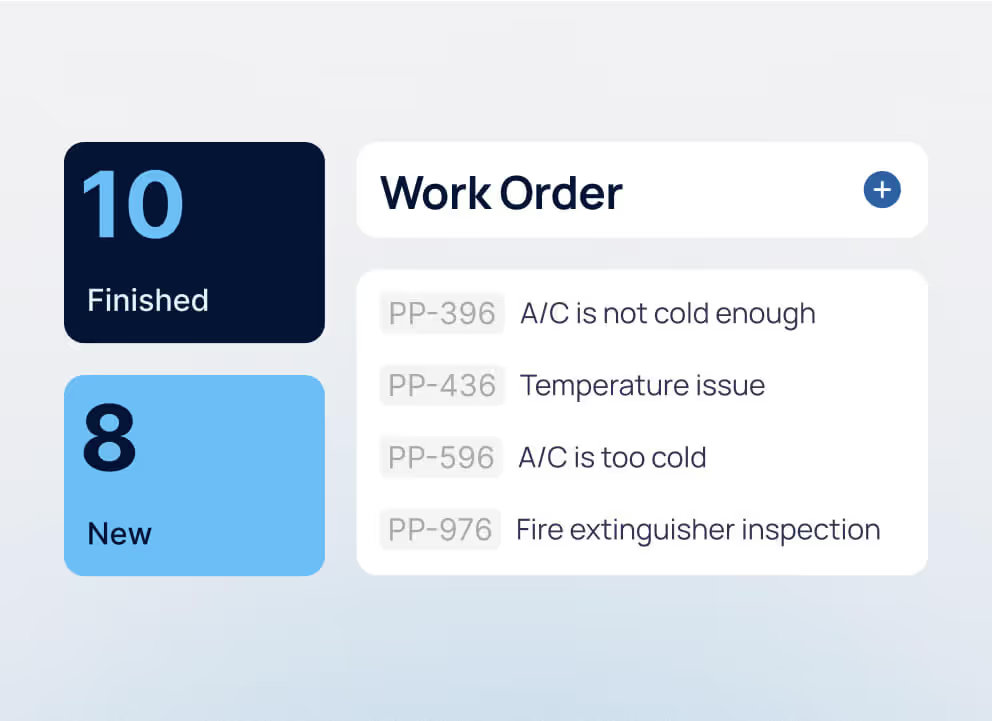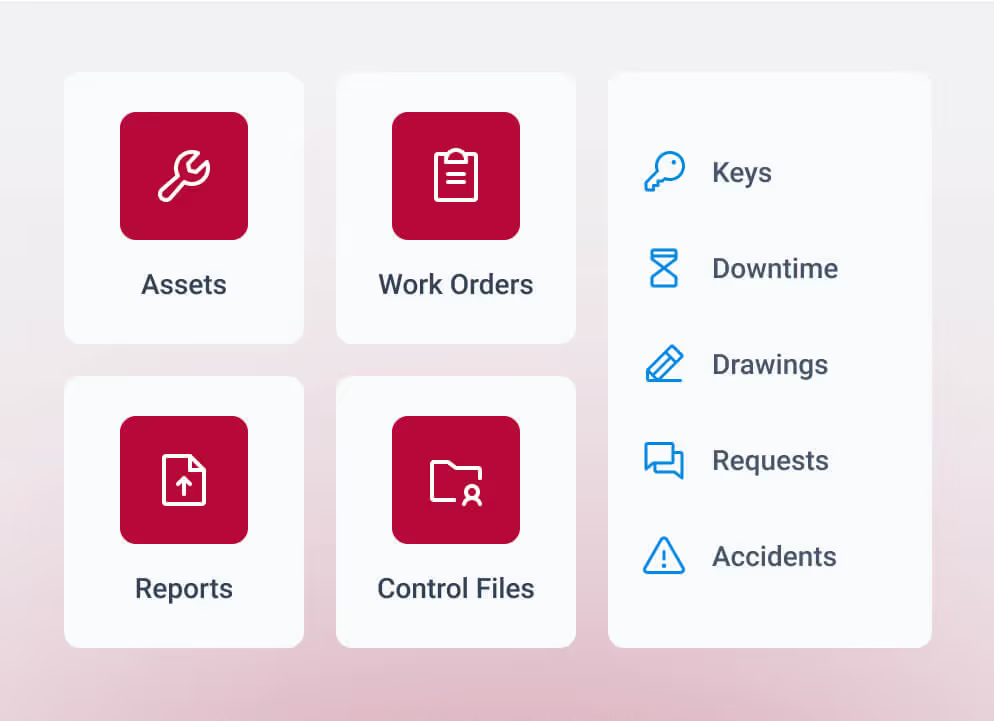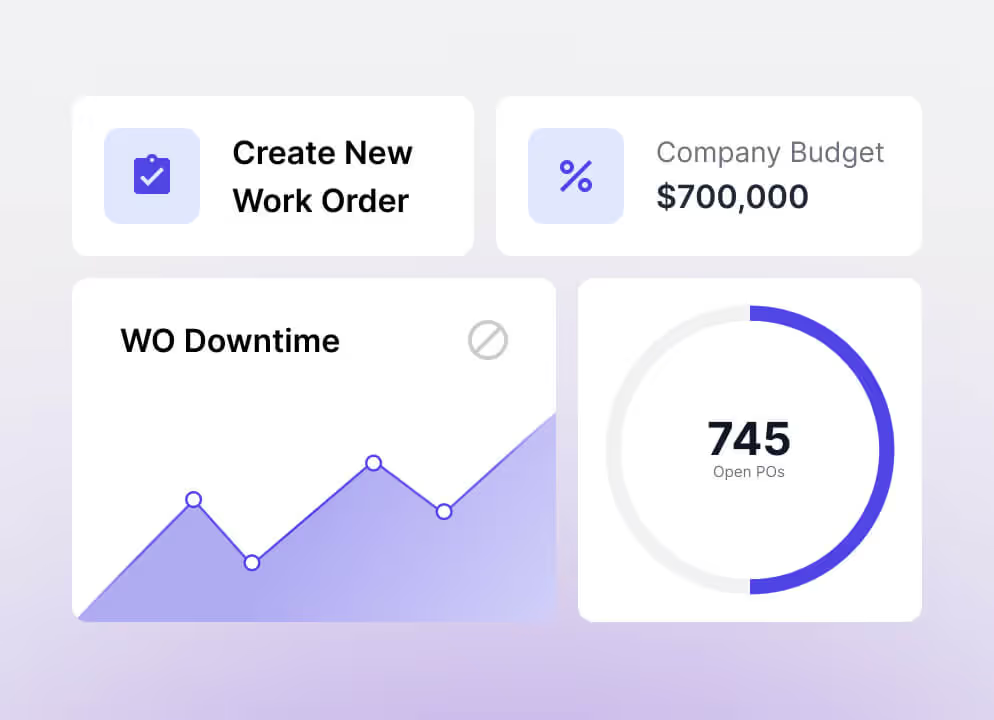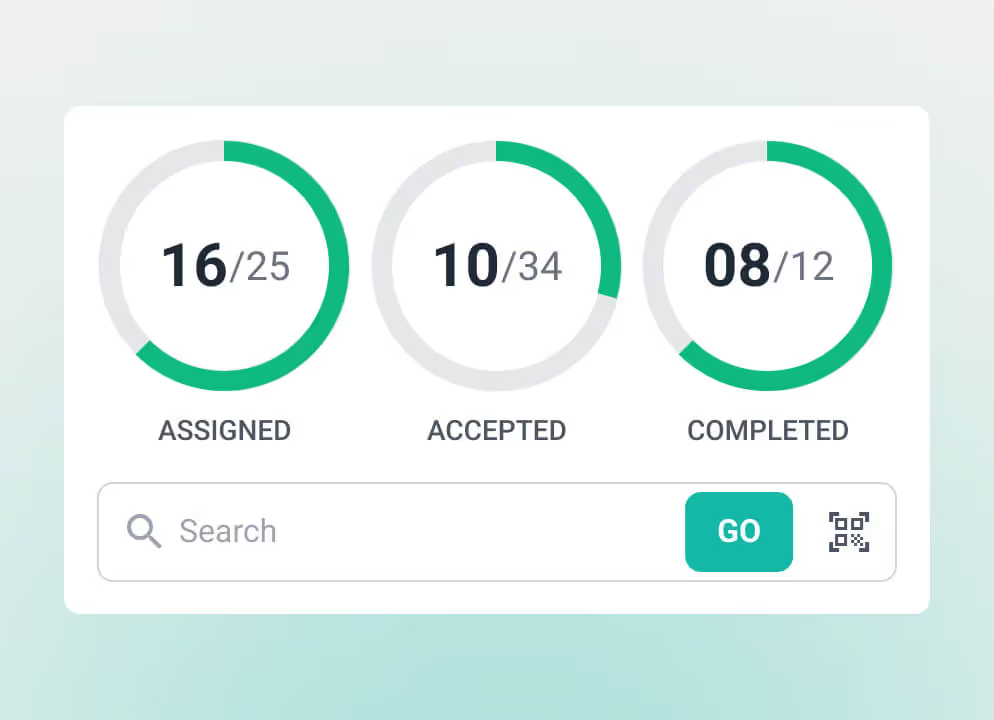5 Steps to a Successful CMMS Implementation and Work Order Management
5 Steps to a Successful CMMS Implementation and Work Order Management
In this post
%20(1).avif)
5 Steps to a Successful CMMS Implementation and Work Order Management
By following these 5 CMMS implementation steps, you can effectively manage work orders and take your maintenance operations to the next level
Maximizing the Benefits of a Computerized Maintenance Management System
Implementing a computerized maintenance management system (CMMS) can be a complex process, but worth the effort for the numerous organizational benefits. By investing time and resources into proper planning and execution, a CMMS can significantly improve asset performance, reduce downtime, and increase efficiency. These benefits can ultimately lead to increased productivity and profitability. While the implementation process can have risks, careful planning and execution can help minimize roadblocks and ensure a successful rollout of the system.
How can organizations ensure a successful implementation of a CMMS and effectively manage work orders? Here are some key steps to consider when determining the needs of your organization:
1. Define your objectives
Before embarking on the implementation process, it’s important to define your objectives and how a CMMS will assist in achieving them. This will help you determine the right system for your organization and ensure that it is properly tailored to meet your team’s needs. Some common objectives for implementing a CMMS include:
- Reduced downtime: By providing a clear overview of maintenance tasks and schedules, a CMMS can help reduce the amount of downtime experienced by your assets.
- Improved asset performance: By tracking the maintenance history of your assets, a CMMS can help identify patterns and trends that may be causing performance issues and help you proactively address potential problems.
- Increased efficiency: By streamlining maintenance processes, a CMMS can free up resources and allow your team to focus on more important tasks.
- Enhanced safety: By providing clear instructions and guidelines for maintenance tasks, a CMMS can help reduce the risk of accidents and injuries.
2. Determine your needs
Once you’ve defined your objectives, it’s important to consider what features and functionality you need from a CMMS. Some things to consider include:
- Identify the types of assets you need to manage: Different CMMS systems are better suited to different categories of assets. For example, if you have complex machinery, you may need a more sophisticated system.
- Consider the size of your organization: If you have a large, dispersed organization with multiple locations, you may need a system that is able to handle a large volume of data and can be accessed remotely.
- Reference your budget: CMMS systems can range in price depending on the features and functionality you require. It’s important to determine your budget before choosing a system.
- Analyze your team’s needs: CMMS systems can help your team do their job more efficiently. . For example, do you need a system that can generate reports or alerts when maintenance tasks are overdue?
3. Research and compare different systems
Once you know what you’re looking for, it’s time to start researching different CMMS systems. There are many options available, so it’s important to take the time to compare different systems and determine which one is the best fit for your organization. Some things to consider when comparing systems:
- Price: CMMS systems can vary significantly in price. It’s important to determine what will align with your budget while still getting the best value for your money.
- Features and functionality: Make sure the system has the features and functionality you need. This can include asset tracking, work order management, preventive maintenance scheduling, and real-time reporting.
- Ease of use: A CMMS should be easy for your team to use, with intuitive interfaces and clear instructions. If the system is difficult to navigate, it may not be adopted by your team, increasing time-to-value and reducing overall success.
- Integration capabilities: If you have other systems in place, such as an enterprise resource planning (ERP) system, it’s important to choose a CMMS that can integrate with them. This will help streamline processes and mitigate errors.
- Customer support: Make sure the CMMS provider offers comprehensive customer support, including training, technical support, and ongoing updates. This will ensure that you have the resources you need to effectively implement and use the system.
4. Plan and prepare for implementation
Once you’ve chosen a CMMS, it’s important to carefully plan and prepare for the implementation process. This will ensure that the process goes smoothly and that you get the most out of your new system. Some things to consider include:
- Training: Make sure your team is properly trained in how to use the system. This can include in-person training, online tutorials, or a combination of both.
- Data migration: If you’re switching from a different system, you’ll need to migrate your existing data to the new system. This can be a time-consuming process, so it’s important to allocate enough time and resources to ensure it’s done correctly.
- Transition management: Implementing a new system can be a significant change for your team, so it’s important to manage the transition carefully. This may include communication and training to help your team adjust to the new CMMS.
5. Monitor and optimize your CMMS
Once your CMMS is up and running, it’s important to monitor and optimize it to ensure it is meeting your needs. This may involve:
- Tracking key performance indicators (KPIs): By tracking KPIs like asset uptime, work order completion rate, and maintenance costs, you can get a clear picture of how your CMMS is performing and identify areas for improvement.
- Regularly reviewing and updating your work orders: As your maintenance operations change and evolve, it’s important to regularly review your work orders to ensure they are still relevant and accurate to your operations.
- Seeking feedback from your team: Your team is the one using the CMMS daily , so it’s important to seek their feedback and use it to refine and make enhancements to the system.
- Managing new releases and product updates: Make sure you stay up-to-date with new features and updates released by your CMMS provider. This will help ensure you’re getting the most out of your system.
The implementation of a CMMS can be a complex process, but with proper planning and execution, it can bring significant benefits to an organization. One of the key benefits of a CMMS is the ability to manage work orders more effectively. Work orders are a vital part of any maintenance operation, as they allow for the tracking of tasks and the scheduling of maintenance activities. With a CMMS, work orders can be created, assigned, and tracked in real-time, providing a clear overview of what needs to be done and when.
From defining your objectives and determining your needs to researching and comparing different systems and preparing for the implementation process, you can ensure a successful rollout of your CMMS. Once the system is in place, it’s important to monitor and optimize it to ensure it meets your needs and helps your team work more efficiently. By following this strategy, you can effectively manage work orders and take your maintenance operations to the next level.
Your maintenance operations are crucial to your business’s success and efficiency. WebTMA is an effective tool for accurately scheduling and organizing work orders, maintaining equipment, and training your team.
Schedule a demo today to get started!
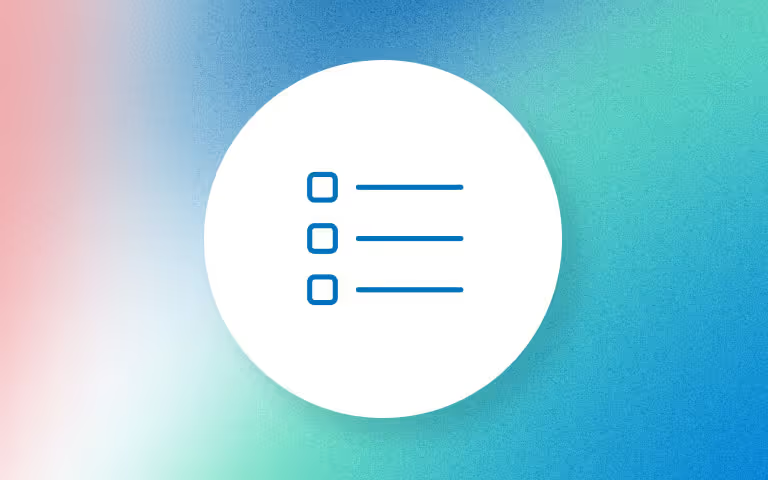
Download the eBook now
You’re all set!
Your eBook is on its way to your inbox. We hope it brings fresh insights and practical takeaways to help you get more from your maintenance operations.
Explore related resources
.avif)
.svg)
5 Steps to a Successful CMMS Implementation and Work Order Management
By following these 5 CMMS implementation steps, you can effectively manage work orders and take your maintenance operations to the next level
Maximizing the Benefits of a Computerized Maintenance Management System
Implementing a computerized maintenance management system (CMMS) can be a complex process, but worth the effort for the numerous organizational benefits. By investing time and resources into proper planning and execution, a CMMS can significantly improve asset performance, reduce downtime, and increase efficiency. These benefits can ultimately lead to increased productivity and profitability. While the implementation process can have risks, careful planning and execution can help minimize roadblocks and ensure a successful rollout of the system.
How can organizations ensure a successful implementation of a CMMS and effectively manage work orders? Here are some key steps to consider when determining the needs of your organization:
1. Define your objectives
Before embarking on the implementation process, it’s important to define your objectives and how a CMMS will assist in achieving them. This will help you determine the right system for your organization and ensure that it is properly tailored to meet your team’s needs. Some common objectives for implementing a CMMS include:
- Reduced downtime: By providing a clear overview of maintenance tasks and schedules, a CMMS can help reduce the amount of downtime experienced by your assets.
- Improved asset performance: By tracking the maintenance history of your assets, a CMMS can help identify patterns and trends that may be causing performance issues and help you proactively address potential problems.
- Increased efficiency: By streamlining maintenance processes, a CMMS can free up resources and allow your team to focus on more important tasks.
- Enhanced safety: By providing clear instructions and guidelines for maintenance tasks, a CMMS can help reduce the risk of accidents and injuries.
2. Determine your needs
Once you’ve defined your objectives, it’s important to consider what features and functionality you need from a CMMS. Some things to consider include:
- Identify the types of assets you need to manage: Different CMMS systems are better suited to different categories of assets. For example, if you have complex machinery, you may need a more sophisticated system.
- Consider the size of your organization: If you have a large, dispersed organization with multiple locations, you may need a system that is able to handle a large volume of data and can be accessed remotely.
- Reference your budget: CMMS systems can range in price depending on the features and functionality you require. It’s important to determine your budget before choosing a system.
- Analyze your team’s needs: CMMS systems can help your team do their job more efficiently. . For example, do you need a system that can generate reports or alerts when maintenance tasks are overdue?
3. Research and compare different systems
Once you know what you’re looking for, it’s time to start researching different CMMS systems. There are many options available, so it’s important to take the time to compare different systems and determine which one is the best fit for your organization. Some things to consider when comparing systems:
- Price: CMMS systems can vary significantly in price. It’s important to determine what will align with your budget while still getting the best value for your money.
- Features and functionality: Make sure the system has the features and functionality you need. This can include asset tracking, work order management, preventive maintenance scheduling, and real-time reporting.
- Ease of use: A CMMS should be easy for your team to use, with intuitive interfaces and clear instructions. If the system is difficult to navigate, it may not be adopted by your team, increasing time-to-value and reducing overall success.
- Integration capabilities: If you have other systems in place, such as an enterprise resource planning (ERP) system, it’s important to choose a CMMS that can integrate with them. This will help streamline processes and mitigate errors.
- Customer support: Make sure the CMMS provider offers comprehensive customer support, including training, technical support, and ongoing updates. This will ensure that you have the resources you need to effectively implement and use the system.
4. Plan and prepare for implementation
Once you’ve chosen a CMMS, it’s important to carefully plan and prepare for the implementation process. This will ensure that the process goes smoothly and that you get the most out of your new system. Some things to consider include:
- Training: Make sure your team is properly trained in how to use the system. This can include in-person training, online tutorials, or a combination of both.
- Data migration: If you’re switching from a different system, you’ll need to migrate your existing data to the new system. This can be a time-consuming process, so it’s important to allocate enough time and resources to ensure it’s done correctly.
- Transition management: Implementing a new system can be a significant change for your team, so it’s important to manage the transition carefully. This may include communication and training to help your team adjust to the new CMMS.
5. Monitor and optimize your CMMS
Once your CMMS is up and running, it’s important to monitor and optimize it to ensure it is meeting your needs. This may involve:
- Tracking key performance indicators (KPIs): By tracking KPIs like asset uptime, work order completion rate, and maintenance costs, you can get a clear picture of how your CMMS is performing and identify areas for improvement.
- Regularly reviewing and updating your work orders: As your maintenance operations change and evolve, it’s important to regularly review your work orders to ensure they are still relevant and accurate to your operations.
- Seeking feedback from your team: Your team is the one using the CMMS daily , so it’s important to seek their feedback and use it to refine and make enhancements to the system.
- Managing new releases and product updates: Make sure you stay up-to-date with new features and updates released by your CMMS provider. This will help ensure you’re getting the most out of your system.
The implementation of a CMMS can be a complex process, but with proper planning and execution, it can bring significant benefits to an organization. One of the key benefits of a CMMS is the ability to manage work orders more effectively. Work orders are a vital part of any maintenance operation, as they allow for the tracking of tasks and the scheduling of maintenance activities. With a CMMS, work orders can be created, assigned, and tracked in real-time, providing a clear overview of what needs to be done and when.
From defining your objectives and determining your needs to researching and comparing different systems and preparing for the implementation process, you can ensure a successful rollout of your CMMS. Once the system is in place, it’s important to monitor and optimize it to ensure it meets your needs and helps your team work more efficiently. By following this strategy, you can effectively manage work orders and take your maintenance operations to the next level.
Your maintenance operations are crucial to your business’s success and efficiency. WebTMA is an effective tool for accurately scheduling and organizing work orders, maintaining equipment, and training your team.
Schedule a demo today to get started!

Register for your free webinar
You’re all set!
Your webinar is on its way to your inbox. We hope it brings fresh insights and practical takeaways to help you get more from your maintenance operations.
Explore related resources
.avif)
.svg)
5 Steps to a Successful CMMS Implementation and Work Order Management
5 Steps to a Successful CMMS Implementation and Work Order Management
5 Steps to a Successful CMMS Implementation and Work Order Management

Maximizing the Benefits of a Computerized Maintenance Management System
Implementing a computerized maintenance management system (CMMS) can be a complex process, but worth the effort for the numerous organizational benefits. By investing time and resources into proper planning and execution, a CMMS can significantly improve asset performance, reduce downtime, and increase efficiency. These benefits can ultimately lead to increased productivity and profitability. While the implementation process can have risks, careful planning and execution can help minimize roadblocks and ensure a successful rollout of the system.
How can organizations ensure a successful implementation of a CMMS and effectively manage work orders? Here are some key steps to consider when determining the needs of your organization:
1. Define your objectives
Before embarking on the implementation process, it’s important to define your objectives and how a CMMS will assist in achieving them. This will help you determine the right system for your organization and ensure that it is properly tailored to meet your team’s needs. Some common objectives for implementing a CMMS include:
- Reduced downtime: By providing a clear overview of maintenance tasks and schedules, a CMMS can help reduce the amount of downtime experienced by your assets.
- Improved asset performance: By tracking the maintenance history of your assets, a CMMS can help identify patterns and trends that may be causing performance issues and help you proactively address potential problems.
- Increased efficiency: By streamlining maintenance processes, a CMMS can free up resources and allow your team to focus on more important tasks.
- Enhanced safety: By providing clear instructions and guidelines for maintenance tasks, a CMMS can help reduce the risk of accidents and injuries.
2. Determine your needs
Once you’ve defined your objectives, it’s important to consider what features and functionality you need from a CMMS. Some things to consider include:
- Identify the types of assets you need to manage: Different CMMS systems are better suited to different categories of assets. For example, if you have complex machinery, you may need a more sophisticated system.
- Consider the size of your organization: If you have a large, dispersed organization with multiple locations, you may need a system that is able to handle a large volume of data and can be accessed remotely.
- Reference your budget: CMMS systems can range in price depending on the features and functionality you require. It’s important to determine your budget before choosing a system.
- Analyze your team’s needs: CMMS systems can help your team do their job more efficiently. . For example, do you need a system that can generate reports or alerts when maintenance tasks are overdue?
3. Research and compare different systems
Once you know what you’re looking for, it’s time to start researching different CMMS systems. There are many options available, so it’s important to take the time to compare different systems and determine which one is the best fit for your organization. Some things to consider when comparing systems:
- Price: CMMS systems can vary significantly in price. It’s important to determine what will align with your budget while still getting the best value for your money.
- Features and functionality: Make sure the system has the features and functionality you need. This can include asset tracking, work order management, preventive maintenance scheduling, and real-time reporting.
- Ease of use: A CMMS should be easy for your team to use, with intuitive interfaces and clear instructions. If the system is difficult to navigate, it may not be adopted by your team, increasing time-to-value and reducing overall success.
- Integration capabilities: If you have other systems in place, such as an enterprise resource planning (ERP) system, it’s important to choose a CMMS that can integrate with them. This will help streamline processes and mitigate errors.
- Customer support: Make sure the CMMS provider offers comprehensive customer support, including training, technical support, and ongoing updates. This will ensure that you have the resources you need to effectively implement and use the system.
4. Plan and prepare for implementation
Once you’ve chosen a CMMS, it’s important to carefully plan and prepare for the implementation process. This will ensure that the process goes smoothly and that you get the most out of your new system. Some things to consider include:
- Training: Make sure your team is properly trained in how to use the system. This can include in-person training, online tutorials, or a combination of both.
- Data migration: If you’re switching from a different system, you’ll need to migrate your existing data to the new system. This can be a time-consuming process, so it’s important to allocate enough time and resources to ensure it’s done correctly.
- Transition management: Implementing a new system can be a significant change for your team, so it’s important to manage the transition carefully. This may include communication and training to help your team adjust to the new CMMS.
5. Monitor and optimize your CMMS
Once your CMMS is up and running, it’s important to monitor and optimize it to ensure it is meeting your needs. This may involve:
- Tracking key performance indicators (KPIs): By tracking KPIs like asset uptime, work order completion rate, and maintenance costs, you can get a clear picture of how your CMMS is performing and identify areas for improvement.
- Regularly reviewing and updating your work orders: As your maintenance operations change and evolve, it’s important to regularly review your work orders to ensure they are still relevant and accurate to your operations.
- Seeking feedback from your team: Your team is the one using the CMMS daily , so it’s important to seek their feedback and use it to refine and make enhancements to the system.
- Managing new releases and product updates: Make sure you stay up-to-date with new features and updates released by your CMMS provider. This will help ensure you’re getting the most out of your system.
The implementation of a CMMS can be a complex process, but with proper planning and execution, it can bring significant benefits to an organization. One of the key benefits of a CMMS is the ability to manage work orders more effectively. Work orders are a vital part of any maintenance operation, as they allow for the tracking of tasks and the scheduling of maintenance activities. With a CMMS, work orders can be created, assigned, and tracked in real-time, providing a clear overview of what needs to be done and when.
From defining your objectives and determining your needs to researching and comparing different systems and preparing for the implementation process, you can ensure a successful rollout of your CMMS. Once the system is in place, it’s important to monitor and optimize it to ensure it meets your needs and helps your team work more efficiently. By following this strategy, you can effectively manage work orders and take your maintenance operations to the next level.
Your maintenance operations are crucial to your business’s success and efficiency. WebTMA is an effective tool for accurately scheduling and organizing work orders, maintaining equipment, and training your team.
Schedule a demo today to get started!


Related resources
Related resources
You’ve seen what’s possible—connect with us to learn how TMA Systems can support your goals beyond the event.
You’ve read the insights, now see how TMA Systems helps teams put them into practice.
From ideas to impact
You’ve read the insights, now see how TMA Systems helps teams put them into practice.
From screen to solution
You’ve watched what’s possible, now see how TMA Systems works for your organization.
From insight to implementation
You’ve explored the strategies, now see how we can bring them to life across your real facilities.
From insight to implementation
You’ve explored the strategies, now see how we can bring them to life across your real facilities.




.svg)

.avif)
